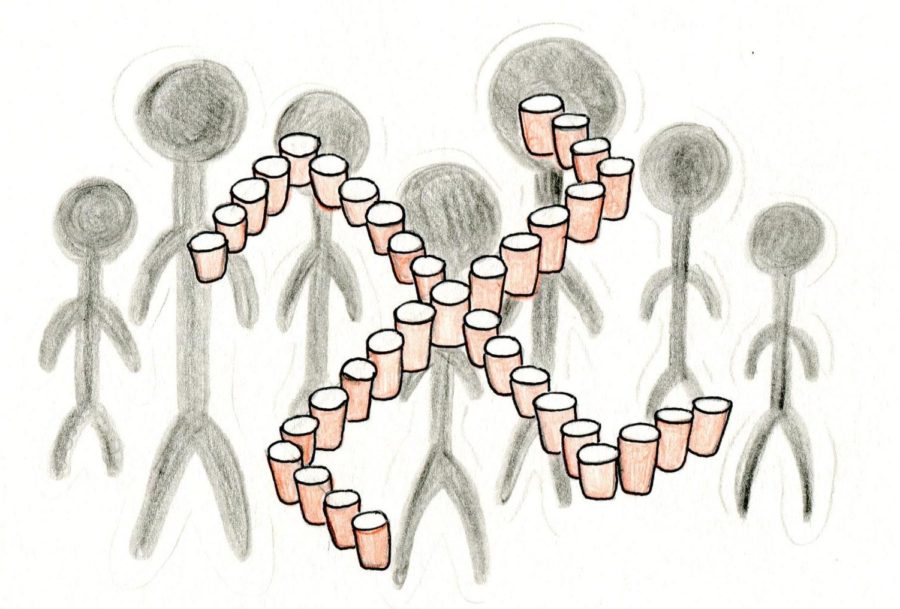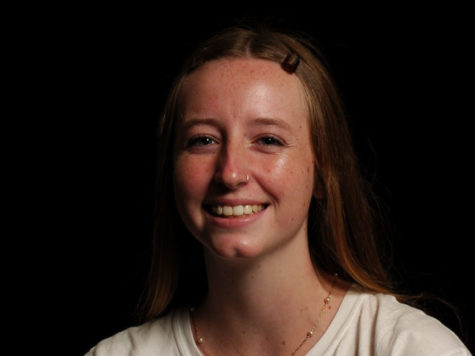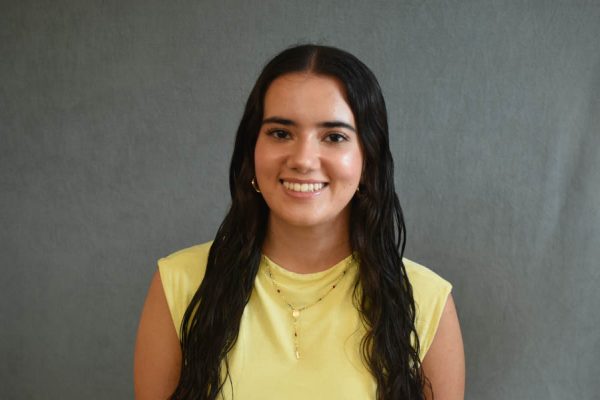Offensive Hate Crimes Spark Outrage
March 14, 2019
When I woke up on Sunday, March 3rd, I checked my phone, and clicked on Instagram. I scrolled through a few posts and tapped on a few stories, until one specific story caught my eye.
It was a photo of a group of high school students, all at a party; surrounding a swastika made out of red solo cups, and holding out their arms as if they were saluting Hitler. The text on the story said that these kids went to Newport Harbor High School.
I immediately screenshotted it and sent it to my friends, disgusted and shocked by the fact that this could happen in this time period. But the truth is, hate crimes are on the rise everywhere, especially against the Jewish community.
According to the Southern Poverty Law Center, there were 29 recorded hate groups in California in 2000, while now, there are 83. The number of hate groups rose a shocking 54 groups in only 19 years.
In October in Los Angeles, a synagogue was found vandalized with a spray-painted swastika; just four days after a mass shooting in a synagogue in Pittsburg, where 11 people were killed solely because of their religion.
According to the Anti Defamation League (ADL), anti-antisemitism incidents have risen 67% since the Charlottesville rally in the summer of 2017. The ADL recorded 703 incidents of harassment and 162 bomb threats against Jewish establishments.
Bailey Moroson, a Jewish freshman at SJHHS, has a lot to say about what happened at the party, and anti-semitism overall.
“I was actually at synagogue when we saw it” says Moroson, “I think my initial reaction was just, I was confused as to why this was happening in 2019.”
Her very own synagogue has had protective security installed in hopes that they will be safe if anything were to ever happen. “We have bars in front of our doorway and a police guard so no one can drive a car into it” says Moroson. “We have to run drills a lot about evacuations and stuff.” The place where she is supposed to worship and feel secure, she feels her most vulnerable and under threat.
The drills they go through are not like regular drills we do here at school about fires and earthquakes. Their drills go over what they should do in case someone is trying to hurt them.
“I wish people would just be nice to each other and love each other and accept each other for who they are,” says Moroson when asked her thoughts on the rising hate crimes in the United States.
She wants people to learn about each other and go experience someone else’s culture. She believes that through education people will began to appreciate others religion or culture, and not fight over which one is superior.
“Fear causes people to be angry and that causes people to make decisions that they shouldn’t be making,” says Moroson, “Ignorance is not bliss.” She believes the kids in the photo should be punished and take full responsibility for their actions.
There is a plaque outside Auschwitz-Birkenau reminding us never to forget the death of nearly 11 million people, 6 million of those being Jewish men, women, and children. Elie Wiesel, a Holocaust survivor and author of many novels, once said that “the opposite of love is not hate, it is indifference.”
What the students did was not funny, whether they thought of it as a joke or not. The Holocaust was not even 100 years ago, and yet people have already become desensitized. We’re all taught about the Holocaust starting in eighth grade, maybe sooner. Many Orange County schools offer trips to Washington D.C. and visit the United States Memorial Holocaust Museum, in addition to learning about it through English and history classes, so being uneducated about the death of millions doesn’t seem likely.
A recent trend of “offensive humor” has been enabling people to speak and act hatefully, because they’ve been excused by the idea that hate is a joke. This is the type of behavior that’s dangerous to people’s safety and it needs to end before it escalates even more.



